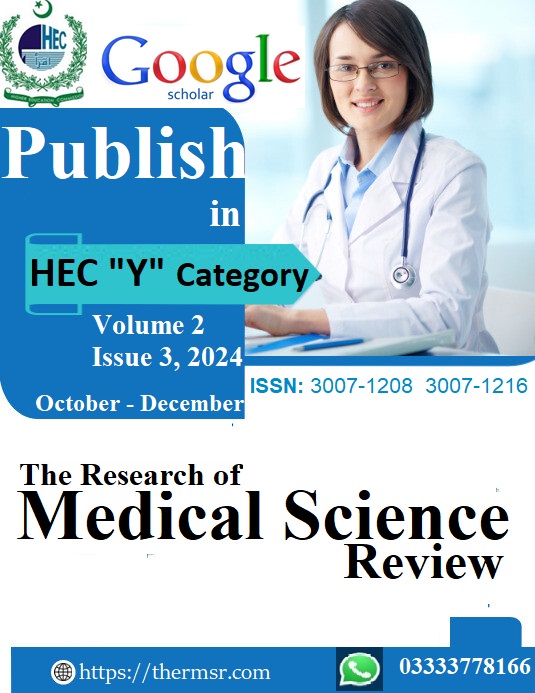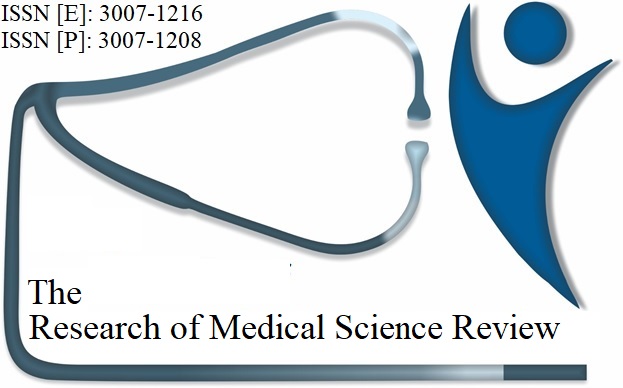COMPARITIVE STUDY OF HEARIG ASSESSMENT IN NORMAL and HIGH RISK INFANTS BY NEWBORN HEARING SCREENING
Keywords:
Newborn Hearing Screening, Otoacoustic Emissions, Auditory Brainstem Response, Hearing Impairment, High-Risk InfantsAbstract
Background: Early identification of hearing impairment in neonates is crucial for timely intervention, which can significantly impact speech, language, and cognitive development. This study focuses on the comparative assessment of hearing in normal and high-risk infants using newborn hearing screening methods. Objective: To compare the incidence and outcomes of hearing assessments in normal and high-risk infants using Otoacoustic Emissions (OAE) and Auditory Brainstem Response (ABR) tests, and to evaluate the effectiveness of these screening methods in identifying hearing impairment. Methodology: A comparative case-control study was conducted at the Superior University Lahore and data were collected from Hameed Latif Hospital Lahore. The sample size of 292 normal and high risk infants was calculated. Newborns underwent OAE screening within 24 hours of birth, with follow-up screenings at 1 and 2 months if initial results indicated a "refer." Infants who failed the follow-up OAE screenings were referred for ABR testing to confirm the diagnosis. Results: The study revealed a higher prevalence of hearing impairment in high-risk infants compared to normal infants. The OAE test proved effective in early detection, while the ABR test provided reliable confirmation of hearing loss. Early intervention in infants who failed both OAE and ABR tests led to improved outcomes in speech and language development. Conclusion: Newborn hearing screening is essential for the early detection of hearing impairment, particularly in high-risk infants. The use of OAE followed by ABR testing offers a robust protocol for identifying infants in need of early intervention. This study highlights the importance of universal newborn hearing screening to prevent delays in treatment and improve long-term developmental outcomes.
Downloads
Downloads
Published
Issue
Section
License

This work is licensed under a Creative Commons Attribution-NonCommercial-NoDerivatives 4.0 International License.













